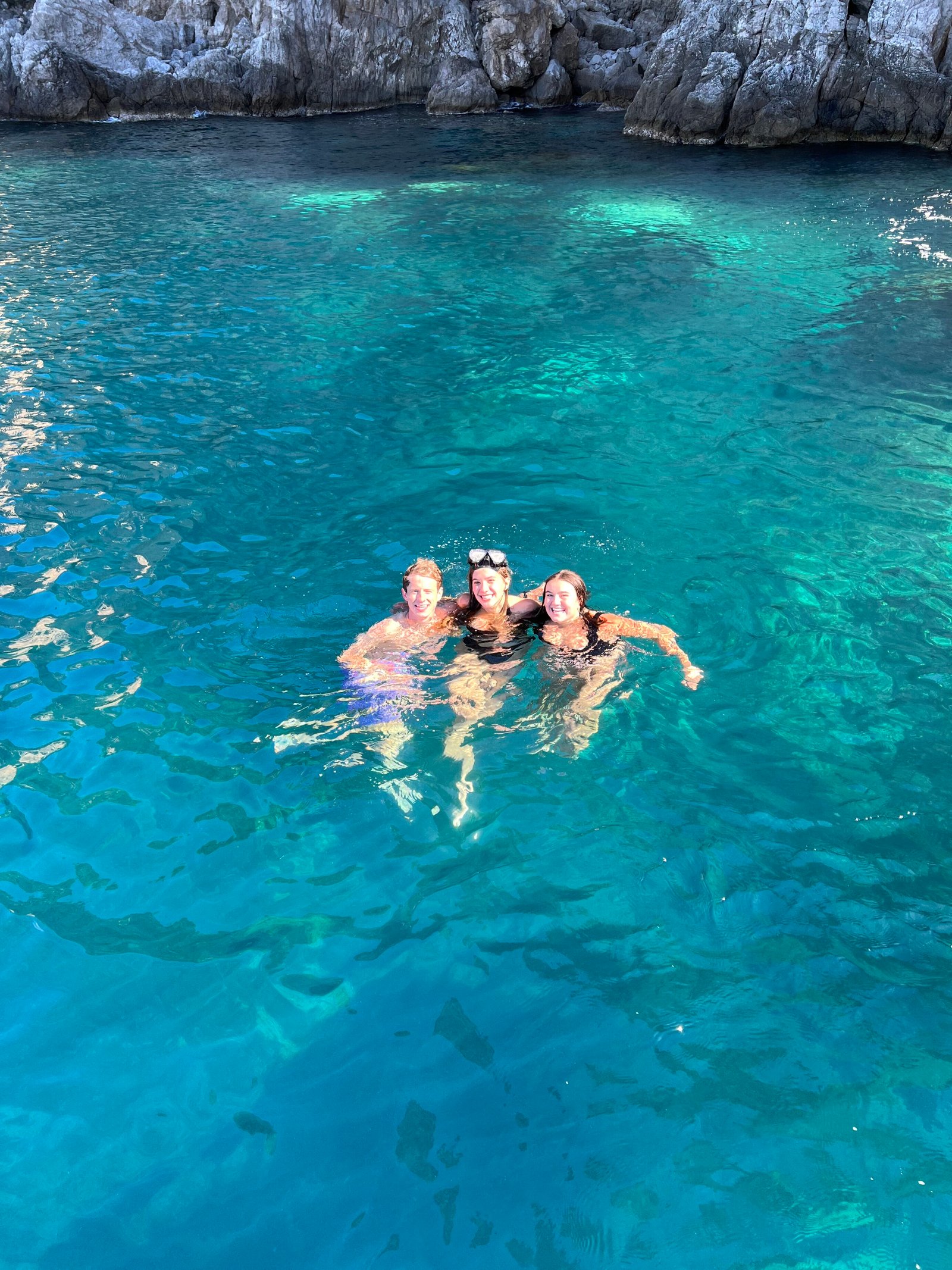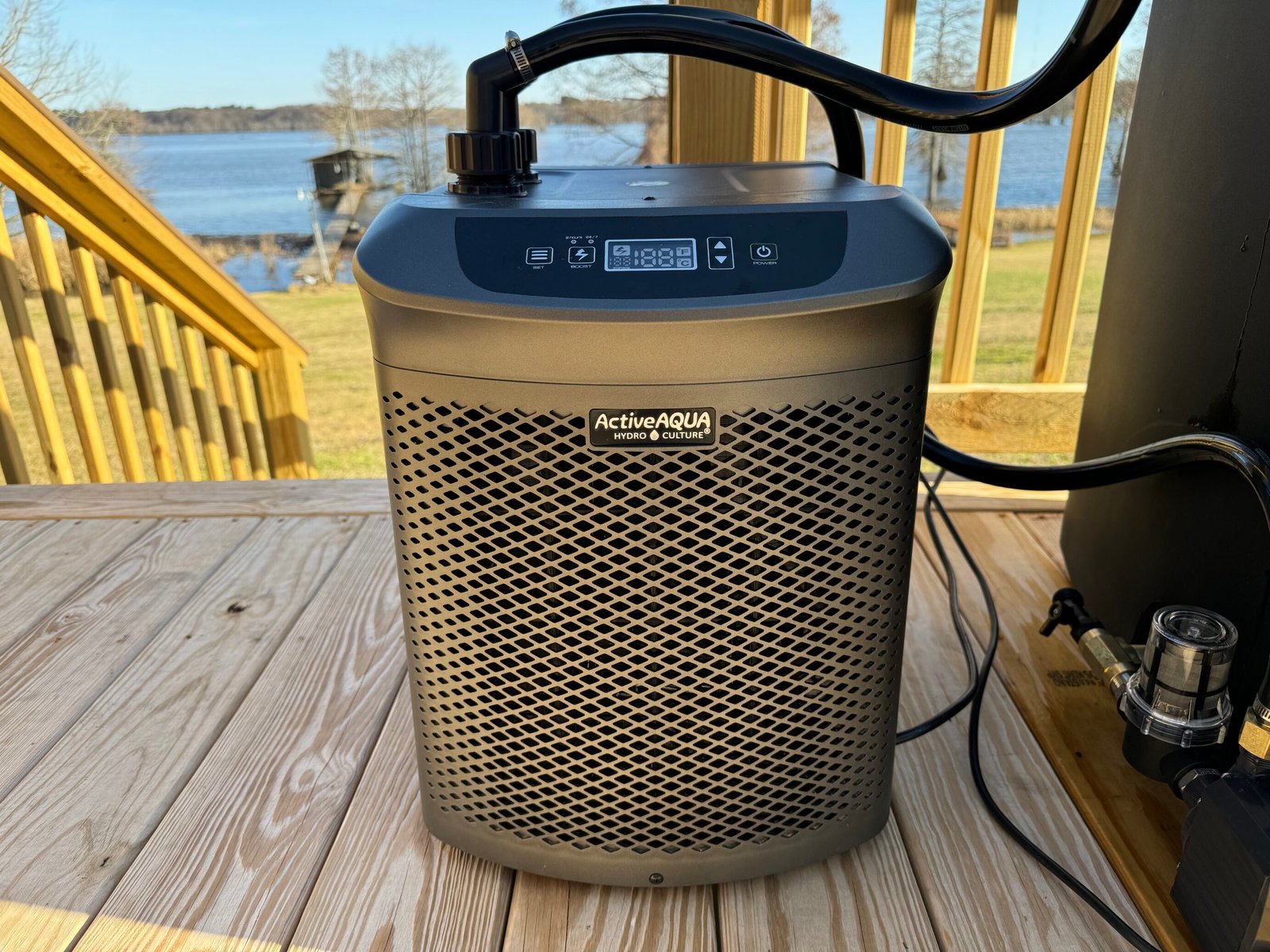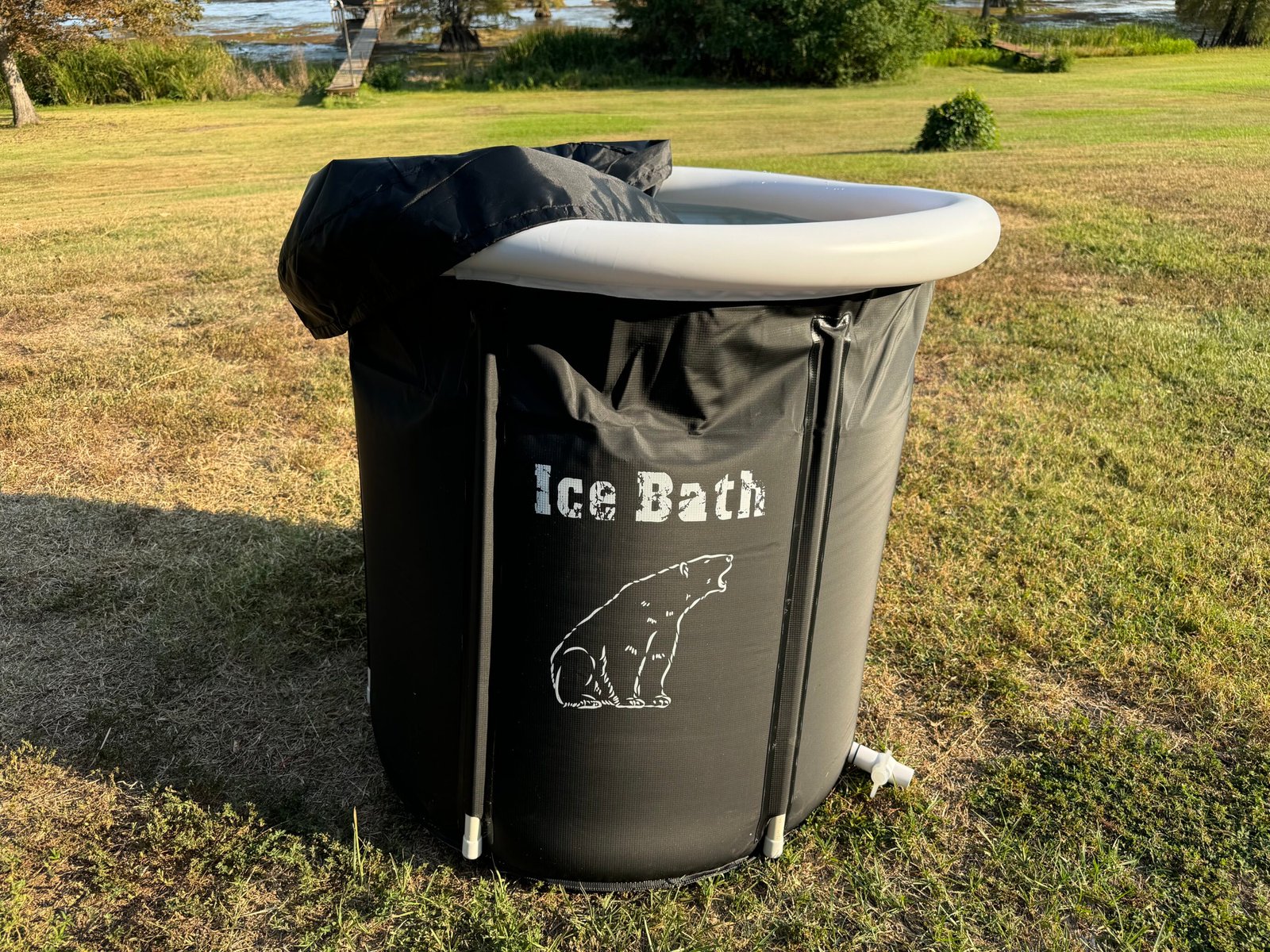10 Common Mistakes to Avoid With Ice Baths

Ice baths can be incredible for recovery, but if done wrong, they can do more harm than good. After researching and personally experimenting with cold therapy, I’ve learned just how easy it is to make mistakes that limit the benefits.
In this article, we’ll break down the 10 most common ice bath mistakes and how to avoid them. Whether you’re new to cold exposure or have years of experience, understanding these pitfalls is key to staying safe and getting the most out of every session.
1. Going Too Cold, Too Fast
The Mistake: Jumping into extremely cold water right away can shock your system and be dangerous, especially for beginners.
How to Avoid It: Start with cool water (around 60°F/15°C) and gradually work your way down to colder temperatures over several sessions. If possible, use a water chiller to lower the temperature slowly.
Why It Matters: A gradual approach gives your body time to adapt and reduces the risk of nerve damage.
2. Staying in Too Long
The Mistake: Thinking that longer time means better results.
How to Avoid It: Limit your ice bath to 5-10 minutes max per session.
Why It Matters: You can get the benefits in just a few minutes. Staying too long increases risk of hypothermia and nerve damage.
3. Not Preparing Your Body
The Mistake: Getting into an ice bath with cold muscles and poor circulation.
How to Avoid It: Do 5-10 minutes of light exercise beforehand—jumping jacks, arm swings, or a quick walk.
Why It Matters: Warming up gets your blood flowing and prepares your muscles for the cold. It also decreases the likelihood of hyperventilating when you first get in.
4. Warming Up Too Quickly Afterward
The Mistake: Jumping straight into a hot shower after an ice bath.
How to Avoid It: Dry off thoroughly, put on warm clothes, and let your body warm up naturally for 10-15 minutes before taking a warm shower.
Why It Matters: Warming up too fast can cancel out some of the recovery benefits of the cold exposure.
5. Ignoring Health Conditions
The Mistake: Taking ice baths without considering existing health issues.
How to Avoid It: Check with your doctor before starting ice baths if you have any of these conditions:
- Heart problems or high blood pressure
- Asthma or breathing difficulties
- Raynaud’s disease (poor circulation in fingers and toes)
- Pregnancy
- Open wounds or skin infections
- Weakened immune system
Why It Matters: Ice baths can worsen certain conditions and may cause serious complications for some people.
6. Being Inconsistent
The Mistake: Taking ice baths randomly or very occasionally.
How to Avoid It: Create a regular schedule—aim for 2-3 sessions per week.
Why It Matters: Your body adapts to cold exposure over time. Consistency helps build this adaptation and maximizes benefits.
7. No Post-Ice Bath Routine
The Mistake: Ignoring what you do after the ice bath.
How to Avoid It: After the plunge you should:
- Drink water
- Do light stretching
- Rest for at least 30 minutes
Why It Matters: These steps help your body recover properly and get the full benefits of the cold therapy.
8. Bad Timing
The Mistake: Taking ice baths at times that interfere with other body processes.
How to Avoid It:
- For better sleep: Take ice baths 1-2 hours before bedtime
- For muscle recovery: Wait at least 30-60 minutes after intense workouts
Why It Matters: Timing affects how your body responds to cold therapy and can impact sleep and muscle recovery.
9. Too Much Cold Exposure
The Mistake: Taking ice baths every day, thinking more is better.
How to Avoid It: Limit ice baths to 3-4 times per week maximum. Include other recovery methods like stretching, good nutrition, and plenty of rest.
Why It Matters: Your body adapts to frequent cold exposure, which can reduce benefits over time. Your body also needs variety in recovery methods.
10. Not Considering Personal Factors
The Mistake: Following the same ice bath routine regardless of age, medications, or hydration level.
How to Avoid It:
- Older adults: Use warmer temperatures and shorter times
- Check with your doctor about medications that might interact with cold exposure
- Always hydrate well before and after ice baths
- Children should avoid ice baths unless supervised by a doctor
Why It Matters: These factors affect how your body handles cold and can increase risks if not properly addressed.
Conclusion
Ice baths can really help, but only if you do them right. By avoiding these ten common mistakes, you’ll get more benefits and stay safe. Start with warmer temps and work your way colder. Keep sessions short. Always warm up beforehand and follow a routine after.
Be consistent, but don’t overdo it. Most importantly, pay attention to your body. If something feels off, get out and warm up slowly. Done right, ice baths can be a safe and powerful part of your recovery.
Have you made any of these mistakes? If so, let me know how you fixed them in the comment section below!
FAQs
Medical Disclaimer
The information contained in this post is for informational and educational purposes only. It is not intended to provide medical advice or to take the place of such advice or treatment from a personal physician. All readers/viewers of this content are advised to consult their doctors or qualified health professionals regarding specific health questions or before embarking on any new health or wellness routine, including saunas and cold plunging. Neither the author(s) nor the publisher of this content take responsibility for possible health consequences of any person or persons reading or following the information in this educational content. All viewers of this content, especially those taking prescription or over-the-counter medications, should consult their physicians before beginning any cold plunging routine or other health or wellness program.








